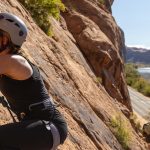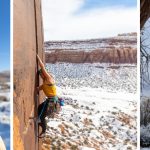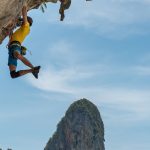Why We Need More Female Climbing Mentors
Climbing is one of the only sports where mentorship is a key element of success. We all show up at more or less the same level; awkwardly wandering up to the crag or climbing gym with an ill-fitting harness and shoes that are either way too big or way too small. As climbers progress, the difference between good climbers and great climbers is a solid mentor.
Climbing mentors are crucial to developing a good lead head, safe climbing practices, and Leave No Trace ethics in the wilderness. And in a male-dominated sport like rock climbing, we need more female climbing mentors.
“Duane Raleigh, the publisher of Rock and Ice, said that his magazine’s surveys showed that about 70 percent of the regular climbers in the United States were male.”
Source: https://www.nytimes.com/2010/05/23/sports/23guides.html

One of the first things you will hear when you ask women about climbing with other women is, “It’s more supportive.” or “I feel more confident when I climb with women.” and “It’s just different.” As a woman who climbs I also feel that climbing with other women is just, somehow, different. Explaining that difference is challenging. Is it the communication style? Is it the removal of underlying sexism? Is it release from gendered expectations? Is it just body mechanics? I think it’s likely a percentage of each of those things. But whatever the cause, the effect is a breath of fresh air when it’s just me and a group of girls at the crag. If you ask around, you’ll hear similar stories from female climbers all over the world. Female mentors foster an environment that can provide this breath of fresh air for newer female climbers.
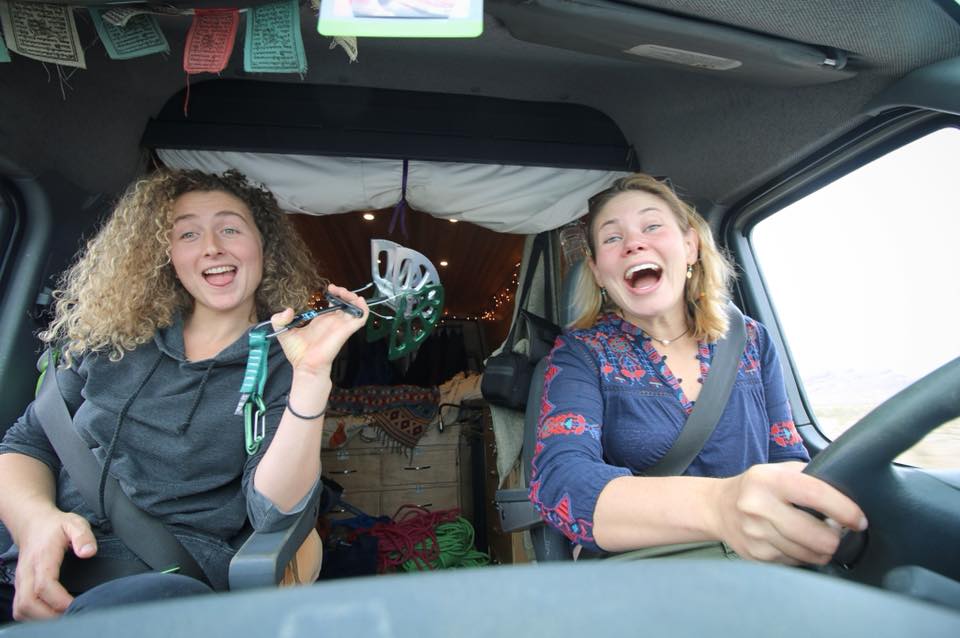
“In 1984 Rosie Andrews wrote that most male climbers raised in traditional Western culture have “generally been encouraged to perform physically, problem-solve, take risks… Girls are usually more sheltered and protected… Rather than being prepared for independence, we learn to expect to play a supporting role, which hinges upon reliance on others.”
Source: http://www.alpinist.com/doc/web16f/wfeature-freedom-in-the-hills
Socialization has a lot to do with it. Women are taught to play supportive roles to the men in their lives, and that translates directly to climbing. When you take away a male presence in a climbing partnership or mentorship, there is no social pressure to fill this supporting role. Female climbing mentors are free to push their mentees to match or even surpass their abilities. Male on female climbing mentorships can sometimes inhibit that natural ‘student becomes the teacher’ mentality.
Of course, there are exceptions to every rule, but thousands of years of cultural socialization should not be dismissed because of a handful of exceptions.
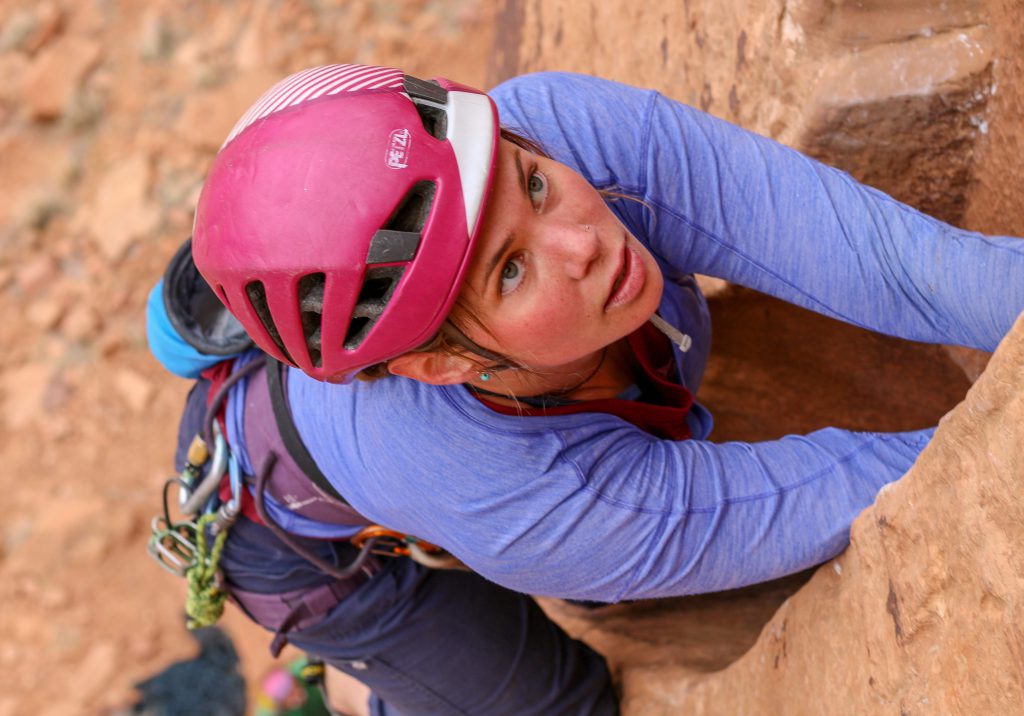
I consider myself extremely lucky to have been mentored by mostly female climbers. Very early on in my climbing career, a female friend of mine offered to teach me how to trad climb in Yosemite Valley. True to her word she spent an entire summer showing me how to build anchors, place gear, and belay from above. That summer her mentorship did more than just ‘show me the ropes’ she showed me that it was possible to be a strong, brave, competent, ambitious climber and be a woman. I aspired to be like her, and I aspired to do the climbs she did in the way that she did them.
Early on when climbing with men, I aspired to climb with them, but to achieve their level of strength or boldness just seemed completely out of reach. It wasn’t until I saw first hand what female competence in climbing looked like, that I felt like it could apply to me as well.
“The Journal of Applied Physiology reports that out of a study comparing skeletal muscle mass, adult men had an average of 33kg while women had 21kg. The distribution between upper and lower body muscle also comes into play for climbers with the average man having 42.9% of their total muscle in their upper body and women having 39.7% (Ian Janssen, Steven B. Heymsfield, ZiMian Wang, Robert Ross, 2000).”
I remember specifically watching my climbing mentor, Alison, climb a very strenuous 5.11 finger crack right after we watched a guy ahead of us climb it. They got to the top in completely different styles. His reach was much longer so he stretched through the smaller cruxes, he was also stronger so he held on to a pumpy crimp for what seemed like days. Alison placed gear in different places than he did, she stemmed out early to save her arm strength, and she didn’t even touch the crimp. Watching her showed me I didn’t have to burl my way through every climb. I saw how to climb to my bodies best ability by watching her.
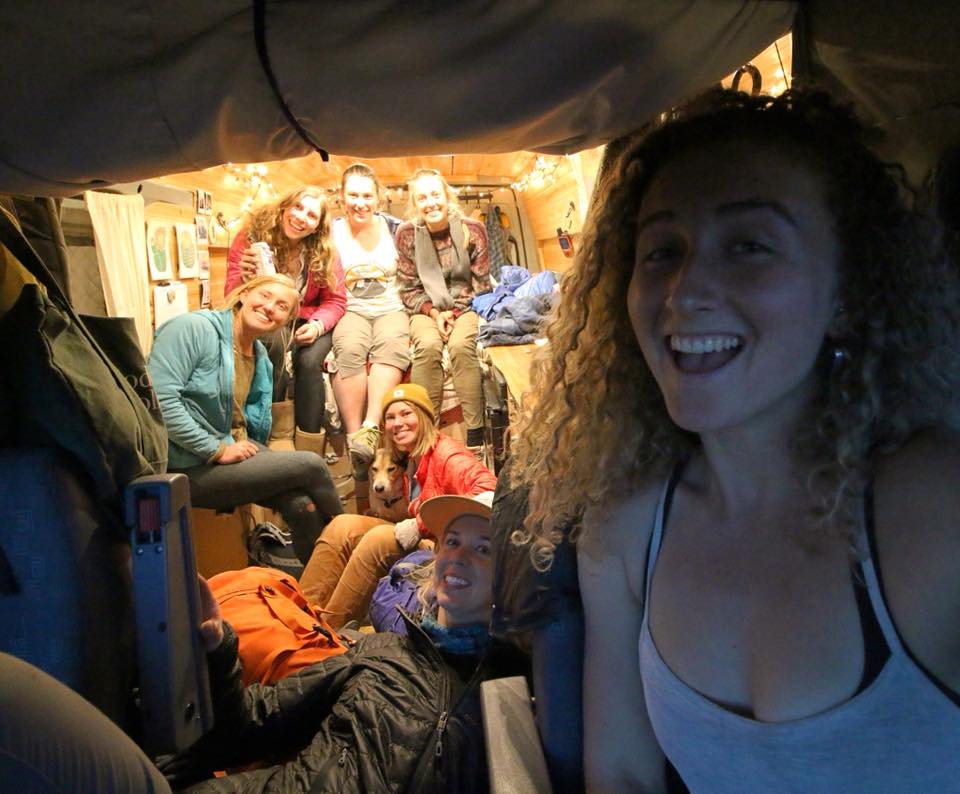
This phenomenon has been studied in other male-dominated industries, and from it, we know women support each other and do better when surrounded by women. Here are just a few studies I found while researching for this post. If women do better in competitive sports, tech, and business when mentored by other women, then it follows that they would do better in rock climbing as well. Female mentors providing camaraderie and support goes a long way to helping other female climbers succeed.

Anecdotally, we hear stories all the time of gender inequality and sexism in climbing. And that has a real toll on women’s experience. If you’ve done any glancing at headlines recently you may have heard of something called ‘stereotype threat’. It means that when someone is made aware of a stereotype about their identity, they lose performance ability when that identity is relevant. Stereotypes about women being unable to climb boldly, or not strong enough to send burly climbs, actually reinforces their inability to climb boldly and send burly climbs. Female mentors can help combat stereotype threat by providing an environment where being a woman isn’t a novelty.
“Mentorship programs, role models and more-representative stories—online and in print—can assist women as we strive to overcome barriers in our minds.”
Source:http://www.alpinist.com/doc/web16f/wfeature-freedom-in-the-hills

We are so fortunate to live in a time where women in climbing are gathering around to support and mentor each other. Events like Hey Flash Foxy shine a spotlight on the shared experience of women climbing together. There are climbing guide companies exclusively focused on getting women into rock climbing like She Moves Mountains (they also have their own mentorship program). The AMGA recently launched an all women’s rock guide course to try and bring the number of female climbing guides up. And through social media female climbing guides like Mary Eden (@TradPrincess) and Mercadi Carlson (@MerSendyClimberson) are popularizing the sport and giving representation to women online. It seems like everywhere you look, women are banding together to craft a climbing experience that works for them.
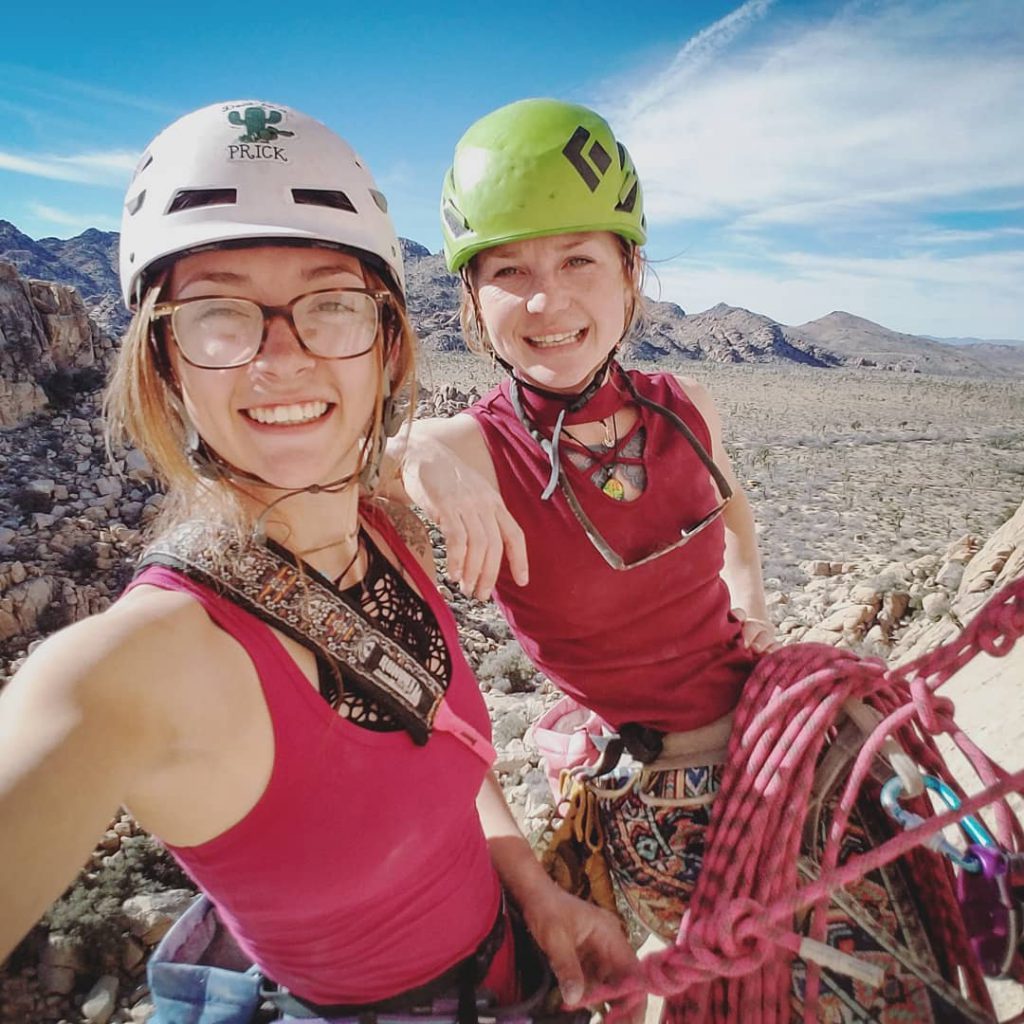
So, with all this progress do we still need more female climbing mentors?
The answer is, enthusiastically, yes!
Women mentoring women doesn’t have to happen on a grand scale (although it helps!) to be effective. Small, personal interactions are where these kinds of relationships can potentially have the most impact.
This is my call to all the badass female crushers out there. If you see another woman struggling at the crag, or who looks like she could use a hand, go lend one. Reach out to the women in your gym, or at the crag and offer to take the newbie out climbing. As someone who was once on the receiving end of an offer like that, I’ll tell you it can change someone’s life.

Kaya Lindsay is the social media coordinator for Yosemite Facelift. She is also a writer and photographer with a passion for rock climbing and the outdoors. In 2016 she converted a Sprinter Van into a tiny home and has been traveling around the US & Canada to pursue her passion for rock climbing ever since. You will most likely find her in a parking lot or coffee shop, camera in hand, planning her next grand adventure. Connect with her on Instagram @OneChickTravels
About the Gear Tester
Kaya Lindsay is a writer, photographer, and filmmaker with a passion for rock climbing and the outdoors.
In 2016 she converted a Sprinter Van into a tiny home and has been traveling around the US & Canada to pursue her passion for rock climbing. Since hitting the road she has begun a career in filmmaking and is currently working on her One Chick Travels series, highlighting solo female travelers who live and work to pursue an adventurous lifestyle. Her films have been highlighted by major brands such as Backcountry and Outside TV. To fulfill her passion for writing, she chronicles her many adventures in her blog. Professionally, she writes for the adventure sports company Outdoor Prolink and The Climbing Zine. Kaya hopes to spend many more years in her tiny home on wheels, Lyra, and is currently living in Moab Utah.


